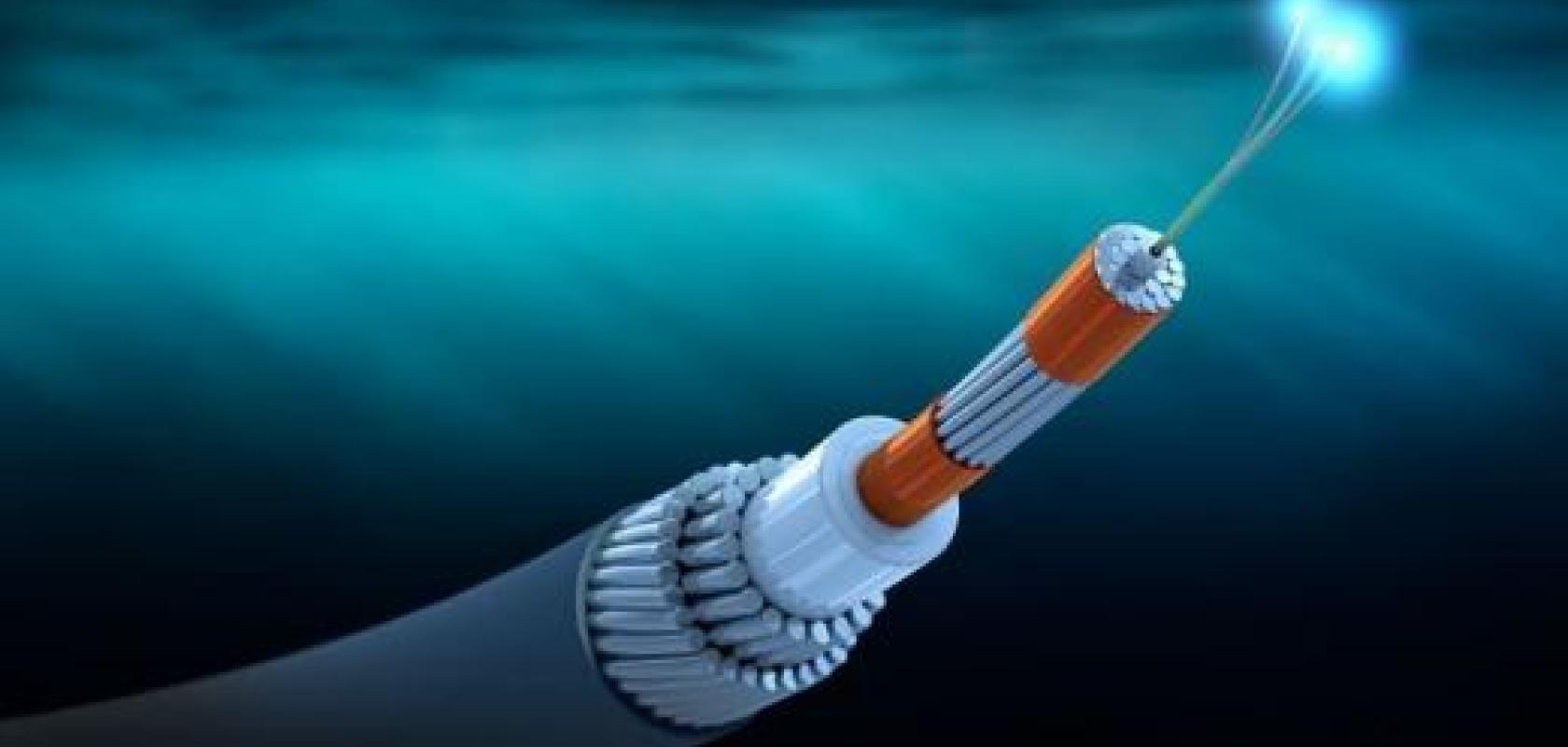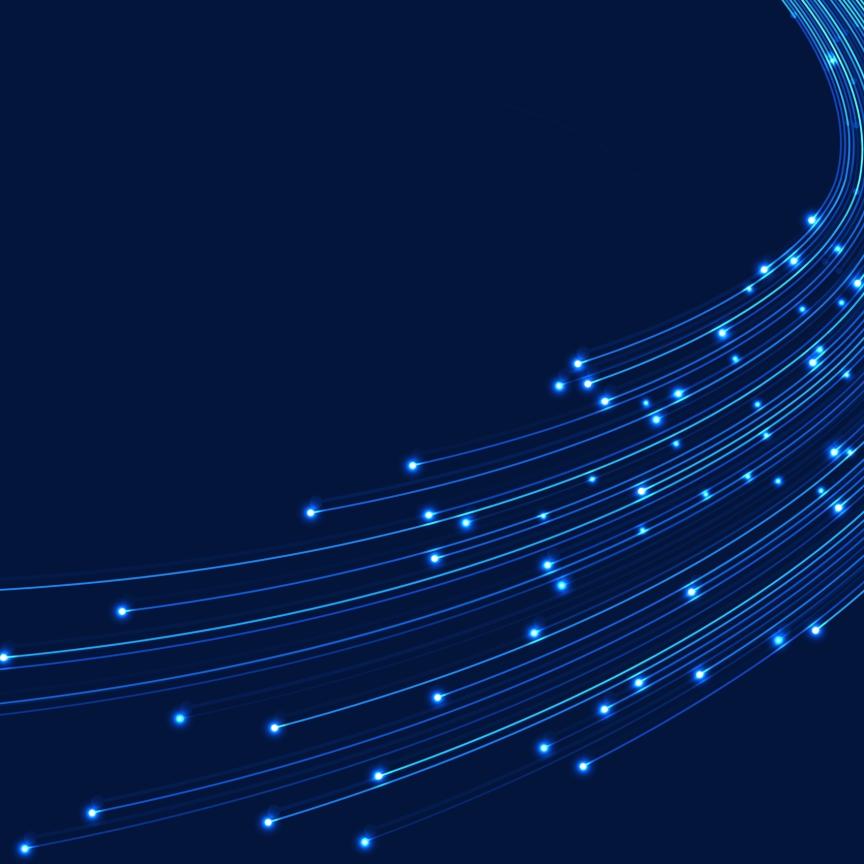Nokia has successfully demonstrated two new world records in submarine optical transmission, both of which could potentially shape the next generation of optical networking equipment.
The first saw Nokia Bell Labs researchers set a new optical speed record for transoceanic distances. The team was able to demonstrate an 800Gb/s data rate at a distance of 7865km using a single wavelength of light. The team says that the distance is two times greater than what current state-of-the-art equipment can transmit at the same capacity and is approximately the geographical distance between Seattle and Tokyo. Nokia Bell Labs achieved this milestone at its optical research testbed in Paris-Saclay, France.
The second record was achieved in collaboration with Nokia subsidiary Alcatel Submarine Networks (ASN), and it involved establishing a net throughput of 41Tb/s over 291km via a C-band unrepeated transmission system, similar to those commonly used to connect islands and offshore platforms to each other and to the mainland. The previous record for these kinds of systems was 35Tb/s over the same distance. Nokia Bell Labs and ASN achieved the new record at ASN’s research testbed facility, also in Paris-Saclay.
Achieving results with higher-baud-rate optical technologies
Nokia Bell Labs and Alcatel Submarine Networks were able to achieve these results thanks to higher-baud-rate technologies that can provide higher data throughput and allow future optical systems to transmit the same capacities-per-wavelength over greater distances. In the case of transoceanic systems, these increased baud rates could double the transmission distance of the same amount of capacity, allowing cities on opposite sides of the Atlantic and Pacific oceans to connect. In the case of C-band unrepeated systems, higher baud could allow service providers connecting islands or off-shore platforms to achieve higher capacities with fewer transceivers and without the addition of new frequency bands.
Sylvain Almonacil, Research Engineer at Nokia Bell Labs, says: “With these higher baud rates, we can directly link most of the world’s continents with 800Gb/s of capacity over individual wavelengths. Previously, these distances were inconceivable for that capacity. Furthermore, we’re not resting on our achievement. This world record is the next step toward next-generation Tb/s submarine transmissions over individual wavelengths.”
Hans Bissessur, Unrepeated Systems Group leader at ASN, adds: “These research advances show that we can achieve better performance over the existing fibre infrastructure. Whether these optical systems are crisscrossing the world or linking the islands of an archipelago, we can extend their lifespans.”


